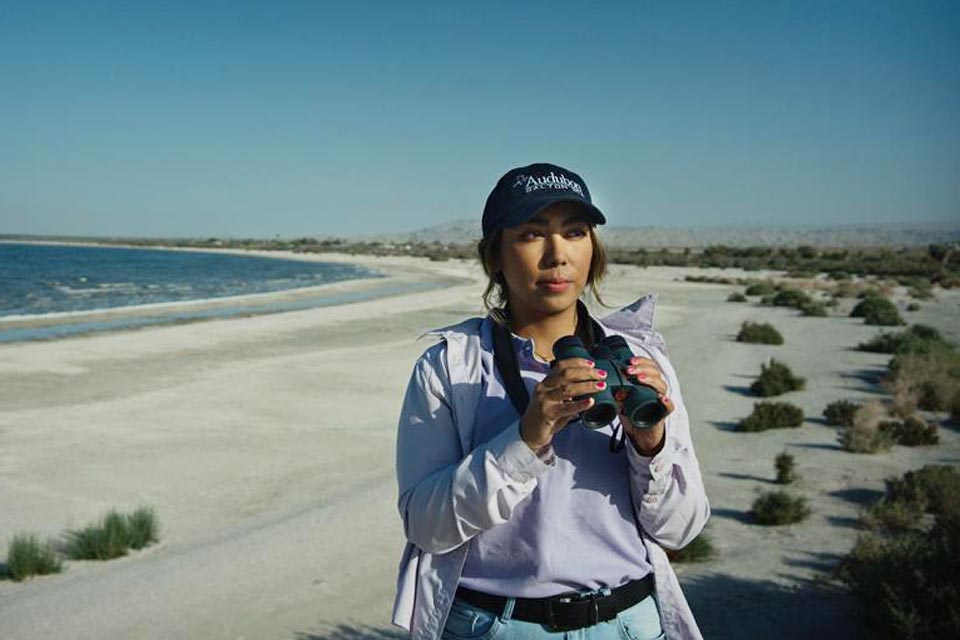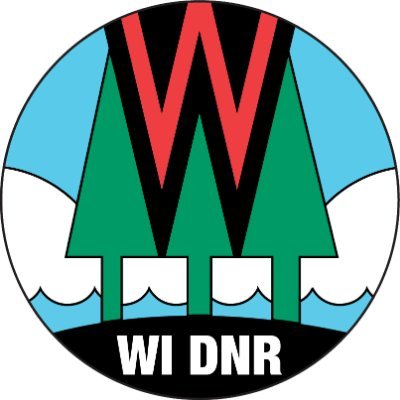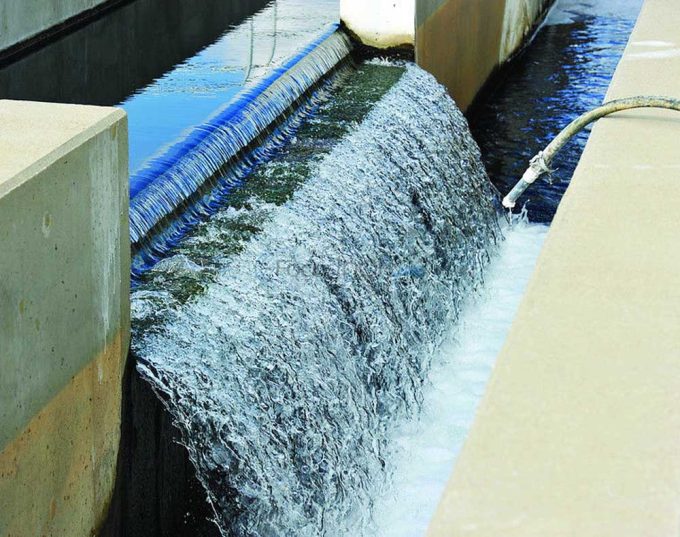Report on Camila Bautista’s Contributions to Sustainable Development Goals through Groundwater Research and Conservation
1.0 Introduction and Recognition
This report details the achievements of Camila Bautista, a geological sciences graduate from California State University, Los Angeles (Cal State LA), whose work significantly aligns with the United Nations Sustainable Development Goals (SDGs). Ms. Bautista was named the recipient of the 2025 Outstanding Student Award by the Groundwater Resources Association of California (GRA) in recognition of her exceptional contributions to groundwater science and management.
- Award Recipient: Camila Bautista, M.S. in Environmental Science, Cal State LA (2025).
- Awarding Body: Groundwater Resources Association of California (GRA).
- Significance: The award recognizes excellence in research, leadership, and service that directly supports the sustainable management of water resources, a cornerstone of the SDGs.
2.0 Advancing Clean Water and Sustainable Water Management (SDG 6)
Ms. Bautista’s research and professional activities directly address SDG 6: Clean Water and Sanitation, with a focus on protecting and restoring water-related ecosystems.
- Master’s Thesis Research: Her thesis, “Hydrogeologic Studies of Terrestrial Groundwater Inputs to New Wetlands on the Shores of the Retreating Salton Sea, California,” provides critical data for sustainable water management. This work supports SDG Target 6.6 (protect and restore water-related ecosystems) by examining how groundwater sustains wetlands in water-scarce environments.
- Applied Project Contribution: She contributed to a U.S. Department of Agriculture-funded project focused on water availability for agriculture, wetlands, and dust mitigation, balancing competing water needs to ensure sustainable use.
- Professional Leadership: As a 2025 selectee for the Water Education Foundation’s California Water Leaders Program, she is actively engaged in addressing the state’s most critical water challenges.
3.0 Protecting Terrestrial Ecosystems and Fostering Climate Action (SDG 15 & SDG 13)
Through her role at Audubon California and advocacy efforts, Ms. Bautista has made substantial contributions to SDG 15 (Life on Land) and SDG 13 (Climate Action).
- Conservation Program Management: As Salton Sea and Desert Program Manager, she leads scientific research and conservation planning across one of California’s most sensitive ecosystems.
- Ecosystem Restoration Funding: She has secured over $1 million for restoration initiatives, including advancing the Bombay Beach Wetland Project, which directly contributes to halting biodiversity loss (SDG Target 15.5).
- Land Protection and Advocacy: Her leadership was instrumental in the successful designation of the Chuckwalla National Monument, protecting over 600,000 acres of desert lands and their biodiversity. This large-scale conservation effort enhances ecosystem resilience, contributing to climate change adaptation (SDG 13).
4.0 Fostering Quality Education and Inclusive Communities (SDG 4 & SDG 11)
Ms. Bautista has demonstrated a commitment to SDG 4 (Quality Education) and SDG 11 (Sustainable Cities and Communities) through mentorship and community-focused initiatives.
- Mentorship and Training: She has co-mentored students in the National Science Foundation’s Research Experiences for Undergraduates program and helped lead instruction for Cal State LA’s Field Methods in Hydrogeology course, building capacity for future environmental scientists.
- Inclusive Environmental Education: She is launching the California Naturalist training program, specifically designed to engage underrepresented communities, thereby promoting inclusive and equitable access to quality education (SDG Target 4.7).
- Community Engagement: Her work involves extensive community engagement to ensure that conservation and restoration efforts are inclusive and address local needs, supporting the creation of sustainable and resilient communities (SDG 11).
5.0 Conclusion: An Integrated Approach to Sustainable Development
Camila Bautista’s career exemplifies a holistic approach to achieving the Sustainable Development Goals. Her work demonstrates the critical link between scientific research, education, community engagement, and policy in addressing complex environmental challenges. Her achievements in groundwater management, ecosystem restoration, and inclusive education serve as a model for advancing SDG 17 (Partnerships for the Goals) through collaboration between academia, non-profit organizations, and government bodies.
Identified Sustainable Development Goals (SDGs)
Explanation of Connection
The article discusses several issues that directly align with the Sustainable Development Goals. The central theme of groundwater research, wetland restoration, and water management in a water-scarce environment connects strongly to SDG 6 (Clean Water and Sanitation). The efforts to protect large land areas and restore ecosystems like wetlands are central to SDG 15 (Life on Land). The focus on education, mentorship, and training programs for students and underrepresented communities addresses SDG 4 (Quality Education). Furthermore, the collaborative nature of the projects, involving universities, government agencies, and non-profits, highlights the importance of SDG 17 (Partnerships for the Goals).
- SDG 4: Quality Education
- SDG 6: Clean Water and Sanitation
- SDG 15: Life on Land
- SDG 17: Partnerships for the Goals
Specific SDG Targets
Explanation of Connection
The article provides specific examples of actions and projects that correspond to particular SDG targets. Camila Bautista’s research on groundwater to inform restoration strategies directly supports the implementation of integrated water resources management (Target 6.5). Her work on sustaining emerging wetlands and leading the Bombay Beach Wetland Project is a clear action towards protecting and restoring water-related ecosystems (Target 6.6). The conservation victory in designating the Chuckwalla National Monument contributes to the conservation of terrestrial and inland freshwater ecosystems (Target 15.1). Her role in mentoring students in hydrogeology and launching training programs for communities helps increase the number of adults with relevant technical skills (Target 4.4). Finally, the project’s structure, a partnership between Cal State LA, the U.S. Department of Agriculture, and the California Department of Water Resources, exemplifies the multi-stakeholder partnerships promoted by Target 17.17.
- Target 4.4: By 2030, substantially increase the number of youth and adults who have relevant skills, including technical and vocational skills, for employment, decent jobs and entrepreneurship.
- Target 6.5: By 2030, implement integrated water resources management at all levels, including through transboundary cooperation as appropriate.
- Target 6.6: By 2020, protect and restore water-related ecosystems, including mountains, forests, wetlands, rivers, aquifers and lakes.
- Target 15.1: By 2020, ensure the conservation, restoration and sustainable use of terrestrial and inland freshwater ecosystems and their services, in particular forests, wetlands, mountains and drylands.
- Target 17.17: Encourage and promote effective public, public-private and civil society partnerships, building on the experience and resourcing strategies of partnerships.
Indicators for Measuring Progress
Explanation of Connection
The article implies or directly states several metrics that can be used as indicators to measure progress toward the identified targets. The mention of protecting “more than 600,000 acres of desert lands” serves as a direct indicator for land conservation efforts (Indicator 15.1.2). The focus on projects like the “Bombay Beach Wetland Project” and research on “emerging wetlands” implies that the area of restored wetlands is a key metric (Indicator 6.6.1). The act of training “undergraduate and graduate students” and launching a “training program for underrepresented communities” suggests that the number of people trained is a relevant indicator for educational targets. Lastly, the explicit statement that Bautista “secured more than $1 million in funding for restoration initiatives” provides a clear financial indicator for the resources mobilized through partnerships.
- Area of protected land: The article explicitly states the protection of “more than 600,000 acres of desert lands” through the Chuckwalla National Monument designation.
- Area of restored wetlands: Progress is implied through the work on the “Bombay Beach Wetland Project” and research on “emerging wetlands on the shores of the retreating Salton Sea.”
- Number of students and community members trained: This is implied through her mentorship of students in hydrogeology fieldwork and the launch of the “California Naturalist training program for underrepresented communities.”
- Financial resources mobilized: The article specifies that she “secured more than $1 million in funding for restoration initiatives.”
Summary Table of SDGs, Targets, and Indicators
| SDGs | Targets | Indicators |
|---|---|---|
| SDG 6: Clean Water and Sanitation | 6.6: Protect and restore water-related ecosystems. | Area of restored wetlands (Implied by the Bombay Beach Wetland Project and research on emerging wetlands). |
| SDG 15: Life on Land | 15.1: Ensure the conservation, restoration and sustainable use of terrestrial and inland freshwater ecosystems. | Area of protected land (Explicitly mentioned as “more than 600,000 acres of desert lands”). |
| SDG 4: Quality Education | 4.4: Substantially increase the number of youth and adults who have relevant skills. | Number of students and community members trained (Implied by mentoring students and launching a community training program). |
| SDG 17: Partnerships for the Goals | 17.17: Encourage and promote effective public, public-private and civil society partnerships. | Financial resources mobilized (Explicitly mentioned as “more than $1 million in funding for restoration initiatives”). |
Source: news.calstatela.edu







